Launched in November 2017, the Archos Diamond Omega offers some impressive photo and video specs, as befits the firm’s flagship model, starting with a dual rear camera and 4K video capture. The rear cameras are a high-resolution 12MP f/1.8 primary camera and a 23MP f/2 for enhanced zoom. The dual camera setup also allows for a Portrait (Bokeh) effect. Neither camera module features OIS, though. The camera modules appear to be essentially the same as the ones in the Nubia Z17S (and image EXIF data also reports that model). The Omega also offers 4K video at 30fps (or 1080p at 60fps).
Like many other flagship phones, the Omega packs a Qualcomm 835 chipset, which gives it enough power for sophisticated image processing, for example, its built-in HDR mode and electronic image stabilization. Its 5.73-inch 1080 x 2040 pixel IPS display is protected with Gorilla Glass. The phone also supports Quick Charge 3.0 for rapid recharging, and it has a fingerprint sensor on the rear.
Key camera specifications:
- 12MP primary camera with f/1.8 lens (1.4 micron pixels) (reported as 25mm equivalent focal length)
- 23MP secondary camera with f/2 lens (reported as 22mm equivalent focal length)
- Phase-detection autofocus
- Dual-LED, dual-tone flash
- 4K 2160p video at 30 fps
- Face detection, HDR, panorama mode
About DxOMark Mobile tests: For scoring and analysis in our smartphone camera reviews, DxOMark engineers capture and evaluate over 1500 test images and more than 2 hours of video both in controlled lab environments and in natural indoor and outdoor scenes, using the camera’s default settings. This article is designed to highlight the most important results of our testing. For more information about the DxOMark Mobile test protocol, click here. More details on how we score smartphone cameras are available here.
Test summary
The Archos Diamond Omega features a reasonably good camera, but doesn’t excel in any specific area other than in having quick autofocus and generally accurate exposures. Its 80 point overall score is in line with the upper-end phones from mid-tier players, but behind the top-tier flagship devices from Apple, Google, and Samsung. While casual photographers will find that it captures scenes well under good light, photo enthusiasts will be bothered by its lack of detail in high dynamic-range scenes, as well as by image artifacts that become very visible when looking at the image on a large screen or when printed.
Its unusual combination of a primary 12MP camera and high-resolution camera mean that it zooms by cropping the higher-resolution image. Unfortunately, that camera has smaller pixels and therefore more noise than on a phone with a true telephoto camera. The lack of optical image stabilization, and of any kind of stabilization in the default mode for capturing video, also holds the camera back.
Bright light
In outdoors and bright light, the Omega produces excellent exposures and focuses quickly and accurately. Its color reproduction suffers, though, with color shading and some white balance errors. Detail is well-preserved, but noise can be an issue in highlight and shadow areas, even in outdoor scenes.
Low light and Flash
The Omega does a remarkably good job of accurately focusing and correctly exposing under low-light conditions. However, as light falls, detail preservation begins to suffer greatly, despite aggressive noise reduction. Color continues to be an issue, with shading and white balance errors.
Using flash, the Omega continues to expose well, but images suffer from a green cast. There is also noise and some visible color quantization in important areas of the scene, such as the subject’s skin.
Zoom and Bokeh
The second, high-resolution camera on the Omega helps it score well in the zoom category, although not as high as some of the leading dual-camera models. Unfortunately, the second camera isn’t very effective at providing good depth or bokeh effects.
Photo scores explained
The Archos Diamond Omega achieves a total photo score of 82, which is calculated from its scores in tests that examine different aspects of its performance under different lighting conditions. In this section we’ll take a closer look at these image quality sub-scores.

Exposure and Contrast
Archos Diamond Omega
85
The Omega does a good job of calculating target exposure for naturally-lit scenes, even in low light. Exposures are quite consistent from outdoor down to typical indoor lighting levels and fall off only slightly even in very low-light conditions. The Omega even does an excellent job of calculating the optimal exposure in fairly tricky scenes, such as this backlit indoor portrait with light streaming through a window:
Even in extreme low-light conditions, the Omega exposes accurately, as illustrated by this test scene shot with just 1 Lux of ambient light.
Despite having built-in HDR capability, the Omega does not do a particularly good job of holding details in the bright portions of high-dynamic-range scenes. In this image looking out from under a bridge, you can see that it doesn’t preserve the details in the sunlit portion of the river. It also is unable to hold the details in the very dark area on the underside of the bridge. You can compare its performance to the iPhone 7 Plus and the Nokia 8 photographing the same scene, and see that the iPhone 7 Plus does a better job of preserving details in the bright portions of the scene — especially the water. Click on a thumbnail to see the entire original image from each phone:

Color
Archos Diamond Omega
71
Color rendering is not one of the Omega’s strong suits. There is strong color shading (inconsistency of color across the image) in all lighting conditions, and colors also tend to be desaturated.
Taking a closer look at the rendering of individual colors, in many cases the Omega has a hard time rendering them accurately. Here, for example, are the test results for the skin tone patches of a test chart photographed under a variety of lighting conditions and compared with the reference patch color in sRGB:
White balance is also inconsistent, even under good lighting conditions:

Autofocus
Archos Diamond Omega
94
The Omega excels at autofocus, taking advantage of its dual-pixel sensor and laser assistance for quick focusing under all lighting conditions.
Texture / Detail (54)
The Omega does an okay job of preserving detail in great conditions, but once the light starts to fall off, texture preservation suffers greatly. You can see this illustrated with these crops of three handheld shots taken with the Omega, the iPhone 7 Plus, and the Sony XZ Premium under decreasing light levels, at 1000 Lux, 100 Lux, and 20 Lux (a fairly typical light level for indoor events).
At 1000 Lux, you can already see that the Omega shows a little less detail than the other models, although due to more aggressive noise reduction, it produces a smoother background:
At 100 Lux, the Omega manages to retain nearly the same image quality as it did in brighter light, while the other two phones start to lose a little detail:
At the lower light level of 20 Lux, the loss of detail in the Omega image is quite pronounced, especially compared to the Sony:
You can see the different trade-offs made by Archos, Apple, and Sony here, as the iPhone and XZ Premium preserve more detail in low light, while the Omega applies additional noise reduction at the expense of detail preservation.

Noise
Archos Diamond Omega
67
The Omega has a lot of noise in blue skies and shadowed areas, even in well-lit outdoor scenes. It is particularly noticeable when the scene is high-dynamic-range, like this one facing the Eiffel Tower:
You can compare noise levels among the Omega and the similarly-positioned Apple iPhone 7 Plus and the Sony Xperia XZ Premium using these cropped sections of our studio test scene. The Omega works hard to remove noise, but some details are lost as a result, and textures look less natural:

Artifacts
Archos Diamond Omega
48
The Omega is particularly susceptible to artifacts that are quite visible when looking closely at an image. Ringing and aliasing are quite common:
In lower-light conditions, there is also a problem with ghosting if there is movement in the scene. In the case of the backlit portrait below, you can see it both in the moving hand and in the static top edge of the window. Loss of sharpness is also an issue for the Omega, especially when you look closely. The outdoor scene below on the right is sharpest in the middle, with less detail towards the edges In mixed light (flash plus ambient), the Omega also develops slight exposure instability, with sequential frames appearing either lighter or darker than previous ones.

Flash
Archos Diamond Omega
75
As with other lighting conditions, the Omega does a good job with exposure for flash-lit scenes. However, scenes lit only by the camera’s flash have a visible green cast to them. If you look through to the full-resolution image, you can also see some low-frequency noise and color quantization in faces. With mixed lighting, the white balance is too green, and color shading becomes visible.

Zoom
Archos Diamond Omega
30
Rather than have a second camera with a longer focal length, the Omega has one with a fairly standard focal length, but higher resolution, so that zooming is accomplished by cropping its 23MP image. The resulting system works well in many cases, but has some definite issues. Detail preservation can vary from frame to frame, for example, and noise is an issue in large, solid-color areas.
In our long-range Zoom tests, the Omega loses additional detail, especially compared to the iPhone 7 Plus, but it holds up much better than the Nokia 8, where not only is there a dramatic loss of detail, there is also a large increase in noise:
Quick note on our Zoom tests: The medium-range tests correspond to a 4x–5x magnification depending on the native focal length of the camera, while the long-range tests correspond to about 8x–10x. The variation is because we keep the framing (and effective focal length) the same, but different smartphones have slightly different native focal lengths and therefore require different Zoom factors to achieve the same effect.

Bokeh
Archos Diamond Omega
25
Having a second camera doesn’t help the Omega much when it comes to adding depth effects for portraits or artistic bokeh. Indoors, depth estimation is generally good, but inconsistencies greatly reduce the usefulness of the feature. Outdoors, it is hard to get the camera to trigger its depth effect and create blur for bokeh, and when it does the result is often very heavy-handed and not pleasing.
Below are comparison images of the same scene taken with the Omega, the iPhone 7 Plus, and the Nokia 8, all set to Portrait mode. You can easily see how the Omega effect looks unreal compared to the other two. For example, portions of the apartment building are nearly as sharp as the subject’s head, while some closer sections are blurred much more:
Video scores explained
The Omega isn’t as strong in Video as it is for photos, turning in a set of merely okay sub-scores in categories other than autofocus. Specifically, it scored: Exposure (72), Color (73), Autofocus (88), Texture (44), Noise (67), Artifacts (66), and Stabilization (56).
As with still images, the Omega exposed video clips well, including high-dynamic-range test scenes — although sometimes it tended to render outdoor scenes a little darker than ideal. Autofocus was also fast and accurate. Noise was well-controlled in outdoor scenes, but color shading was evident. Video clips suffered from artifacts, especially aliasing and ringing. Also, the default video mode doesn’t provide any stabilization.
Conclusion: Decent camera, but doesn’t challenge the best
For casual photographers, or anyone who doesn’t feel they need the very best image quality from the latest flagship phones, the Archos Diamond Omega does a competent job under most typical shooting conditions. Images don’t stand up to close scrutiny, though.Fast autofocus and accurate exposure make it attractive for capturing action or fast-moving scenes, while color issues and artifacts won’t appeal to those trying to make the most of their landscape or travel photos. Its video strengths and shortcomings parallel those for still images, with quick and accurate autofocus once again its biggest strength. Note that it’s quite possible that there will be continued improvement in some areas involving image processing, such as zoom and bokeh, through future firmware updates.


Pros
- Autofocus is fast, accurate, and repeatable
- Noise level is well-controlled, even in low light
- Good target exposure in low-light conditions
- Flash: Subjects are well-exposed
- Zoom: Fairly good detail preservation at close range
Pros
- Fast autofocus reaction and convergence
- Good target exposure in high-dynamic-range lab scenes.
- Noise level is well-controlled in outdoor conditions
Cons
- Strong color shading is visible in all lighting conditions
- Bright parts of the image are often blown out in high-dynamic-range scenes
- Poor detail preservation in indoor and low-light conditions
- Colors are slightly desaturated in all lighting conditions
- Bokeh effect rarely triggers and has strong depth estimation artifacts
Cons
- Strong aliasing is visible in indoor and outdoor conditions
- Stabilization is not available in default mode
- Color shading is visible in all lighting conditions
- Exposures are sometimes too dark in outdoor conditions


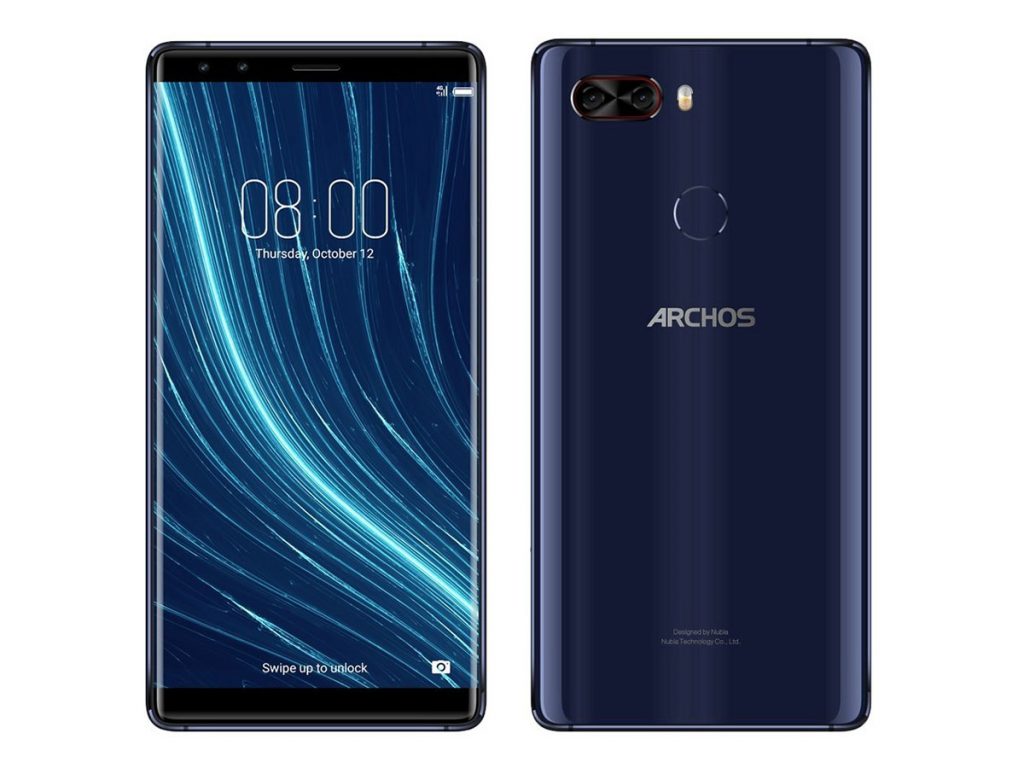

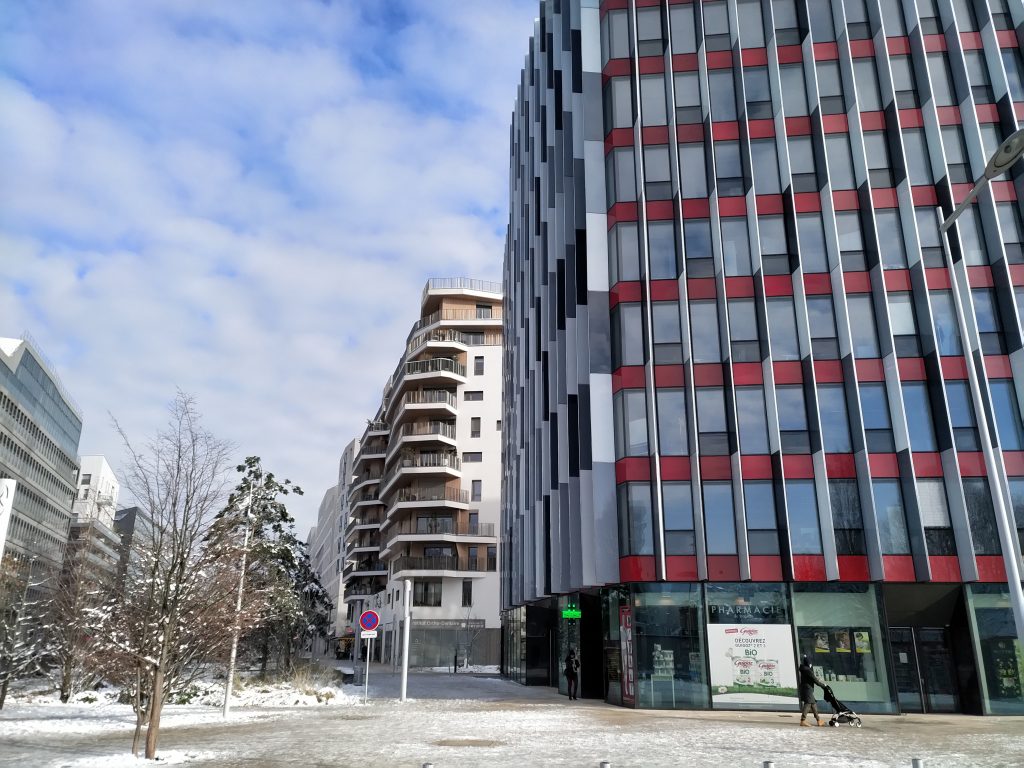
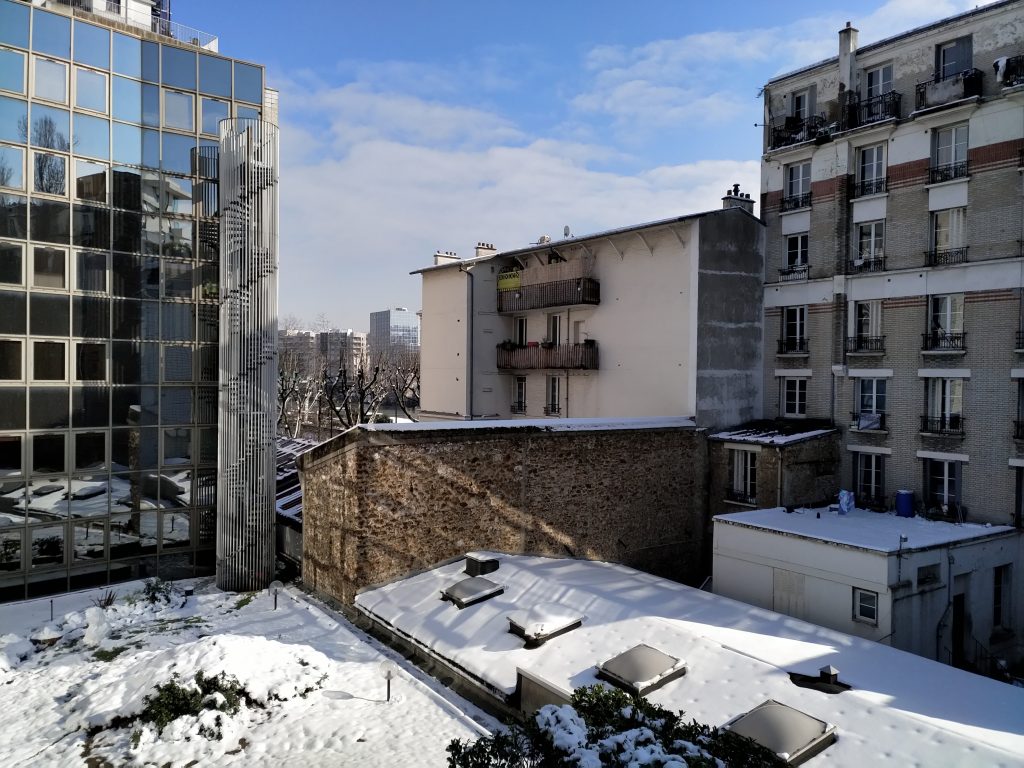
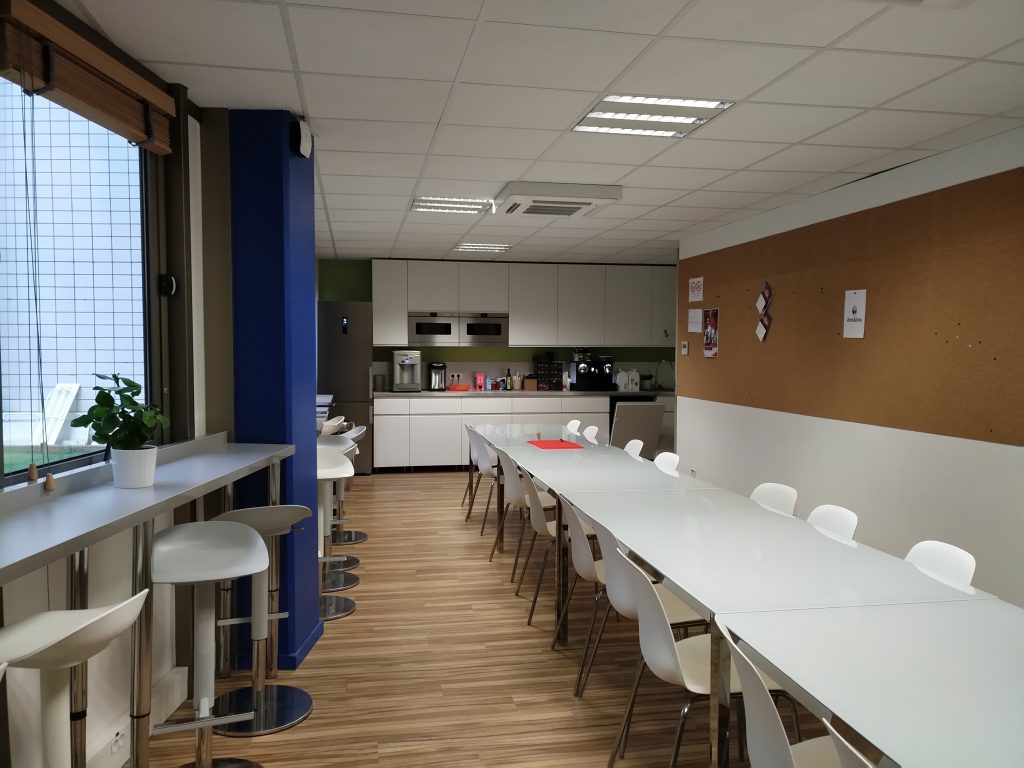

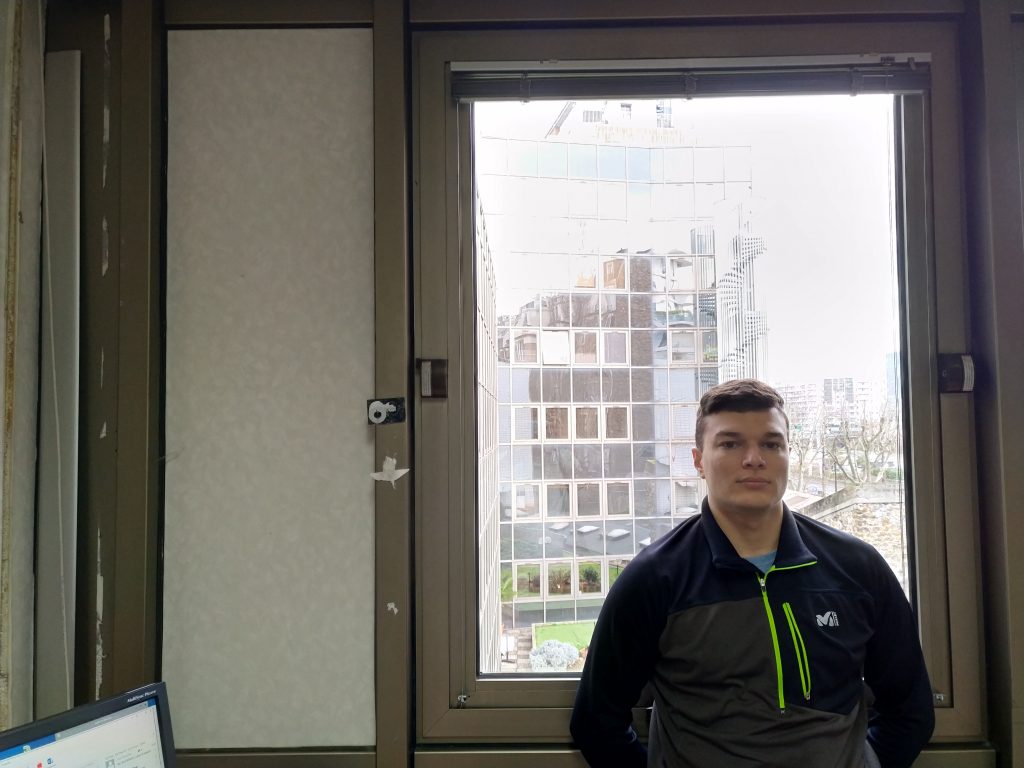
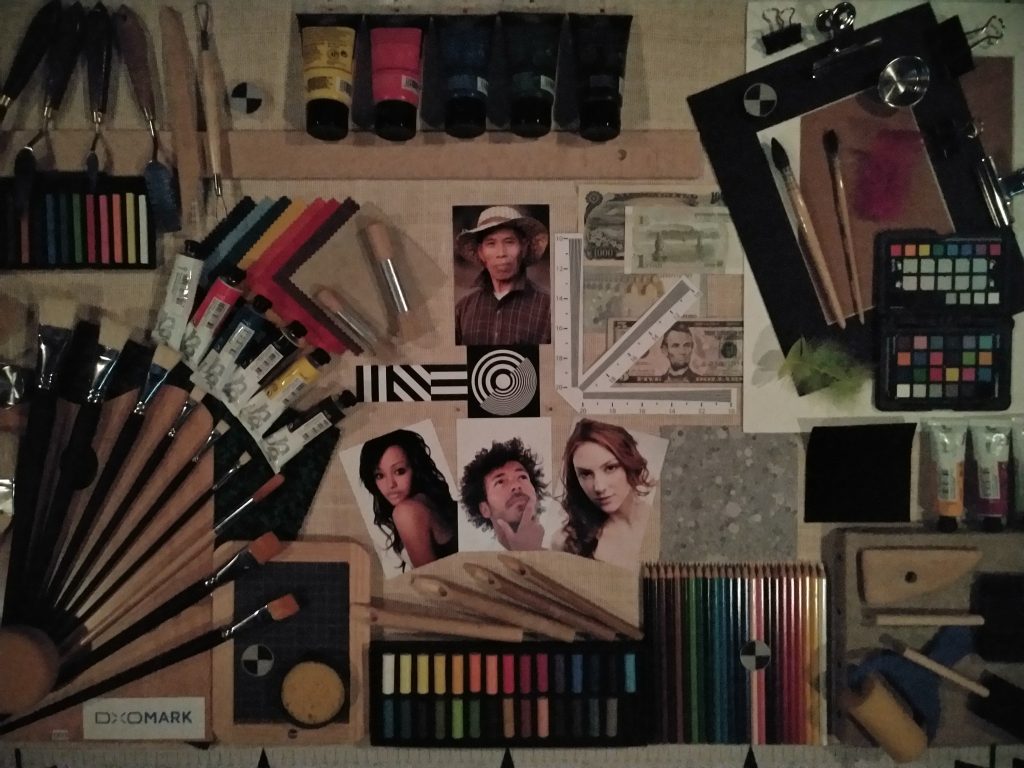




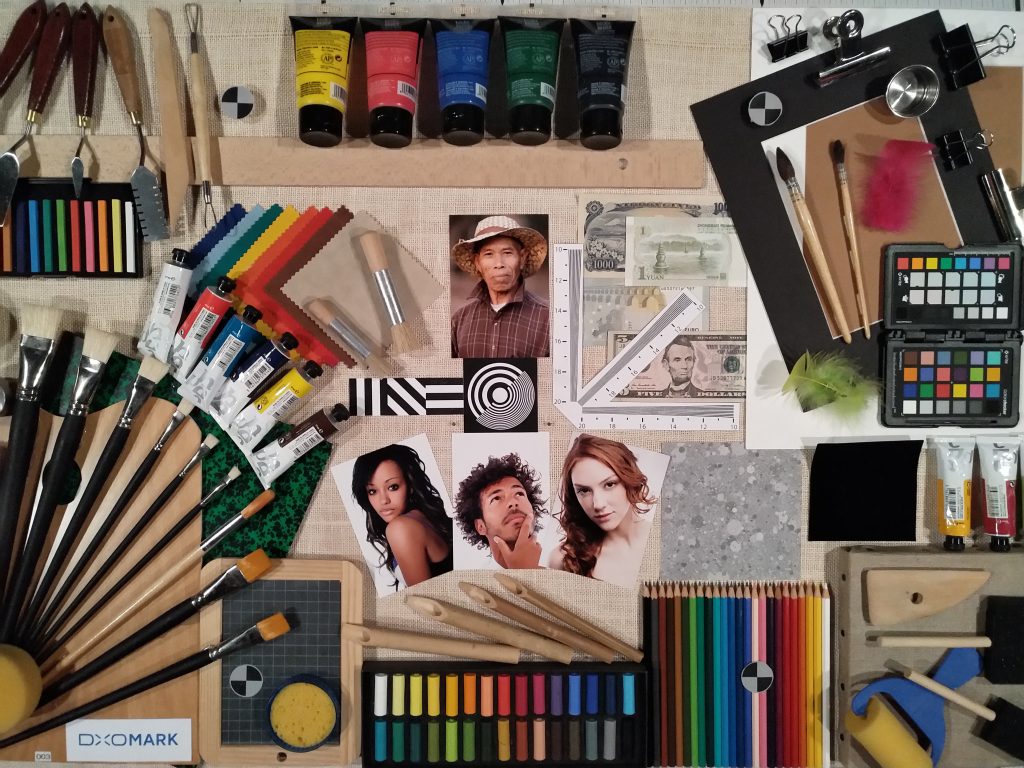

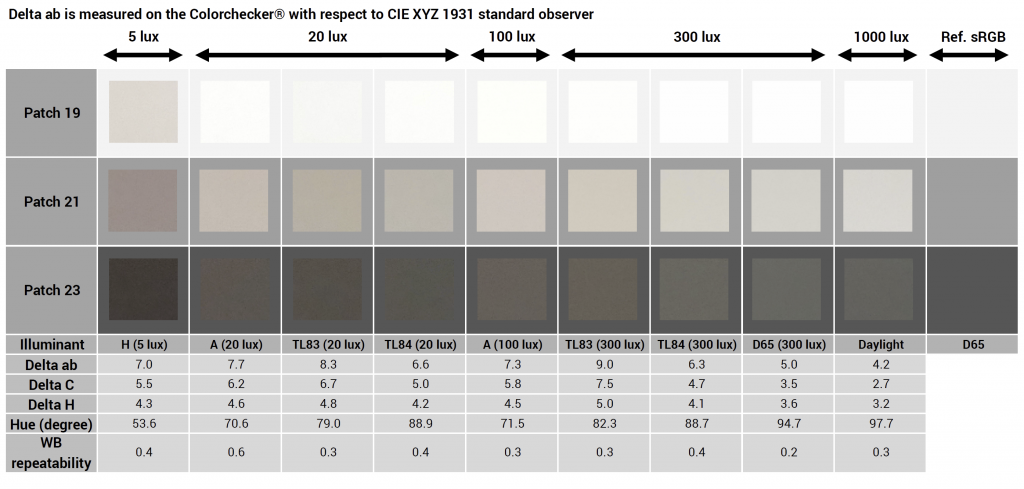
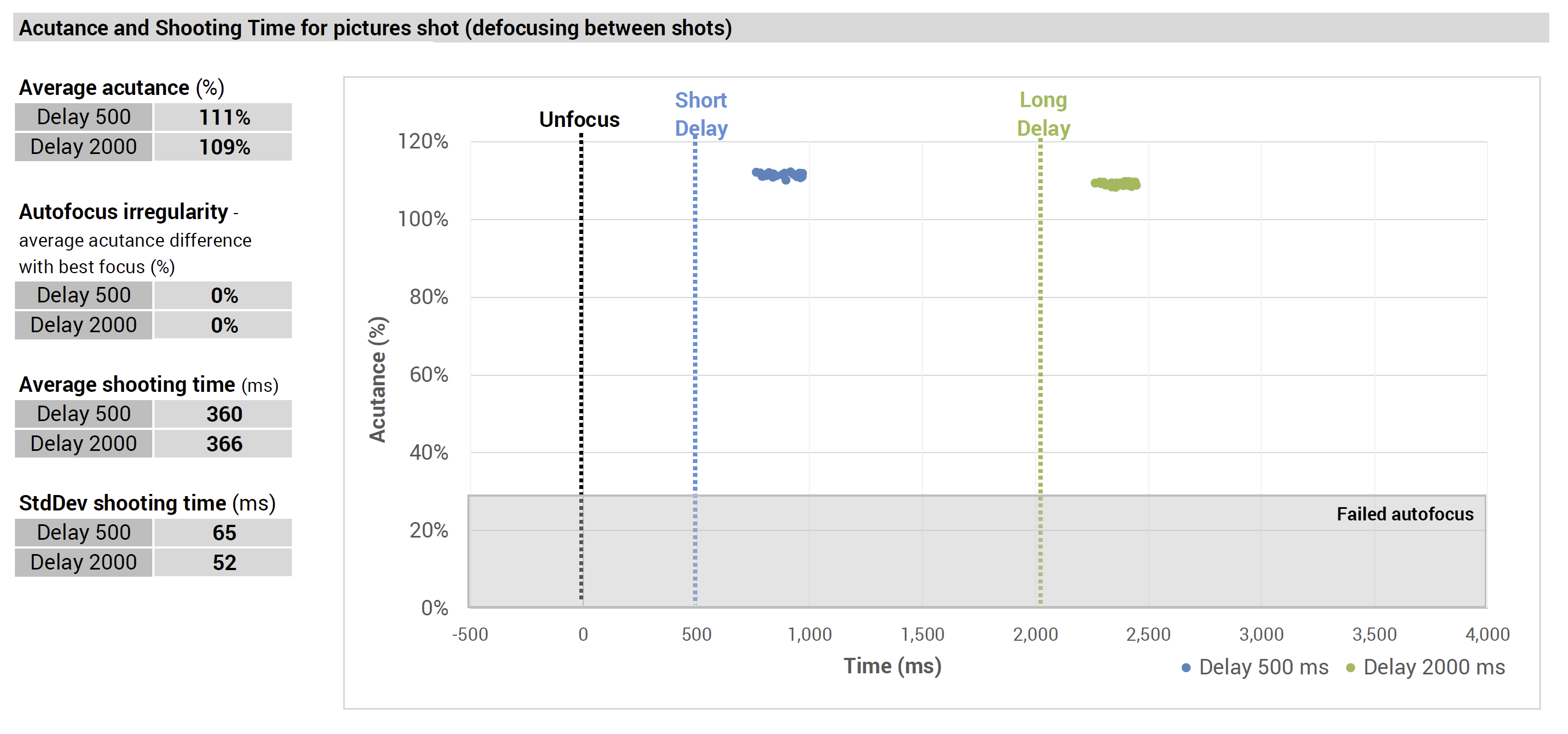










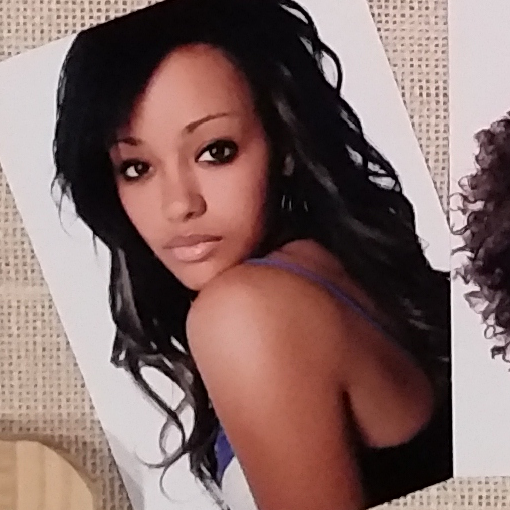

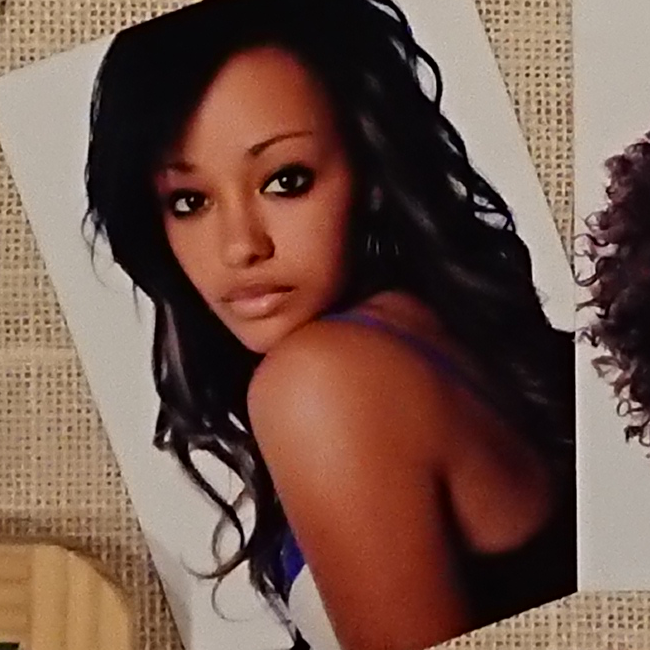

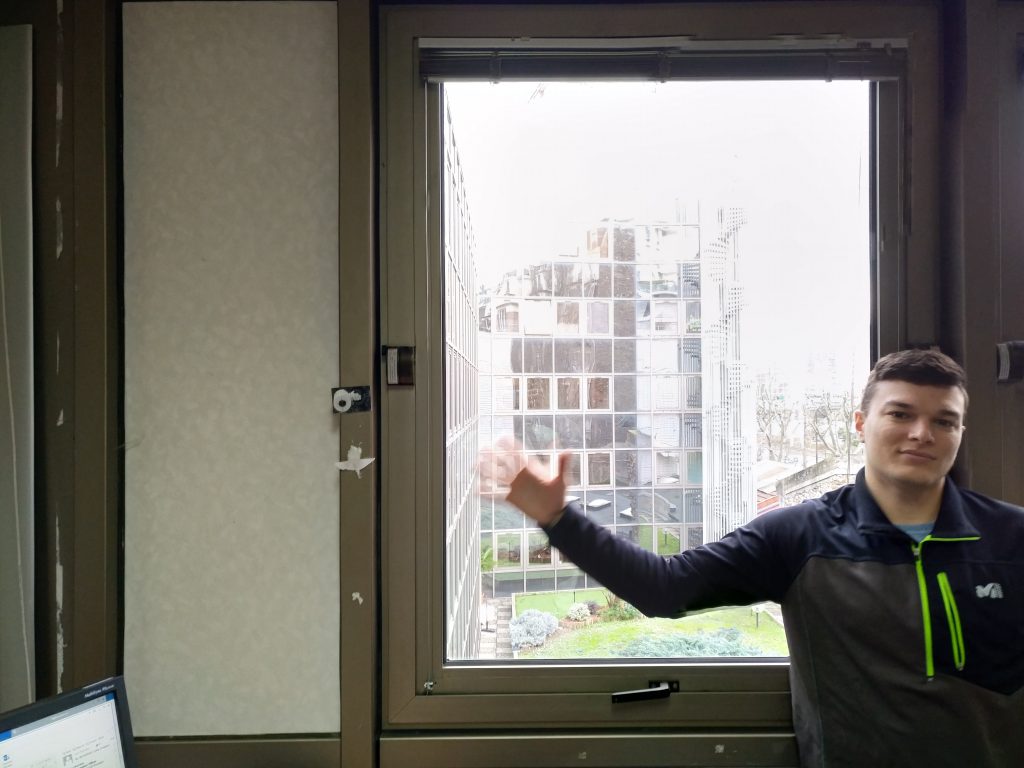
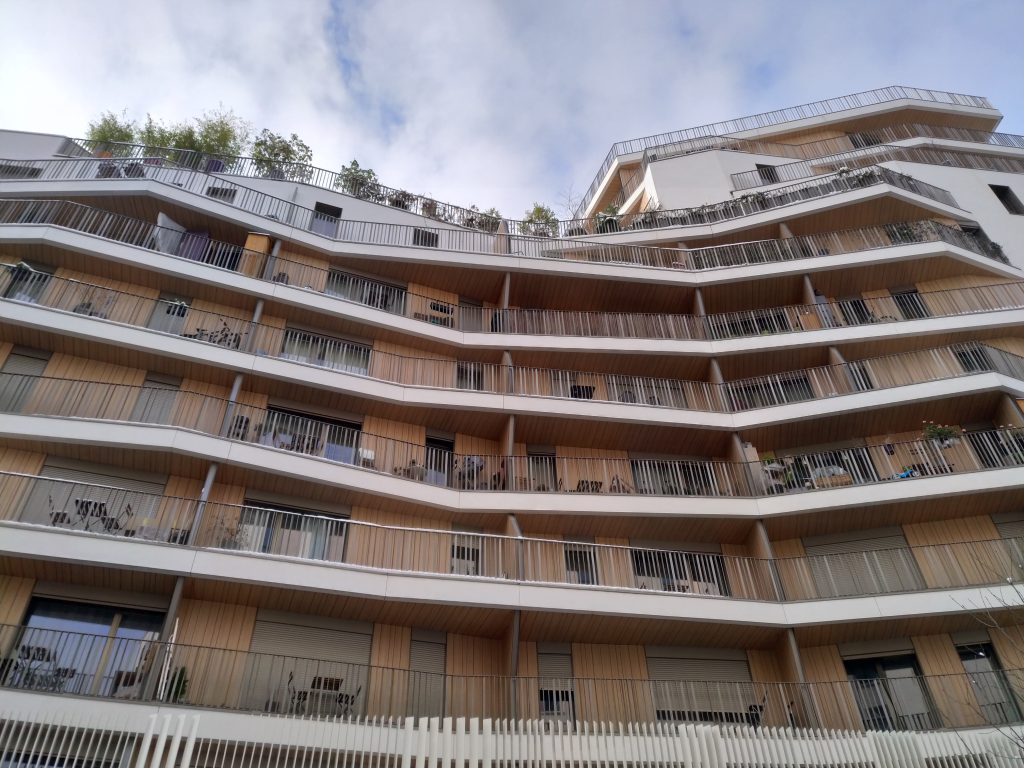



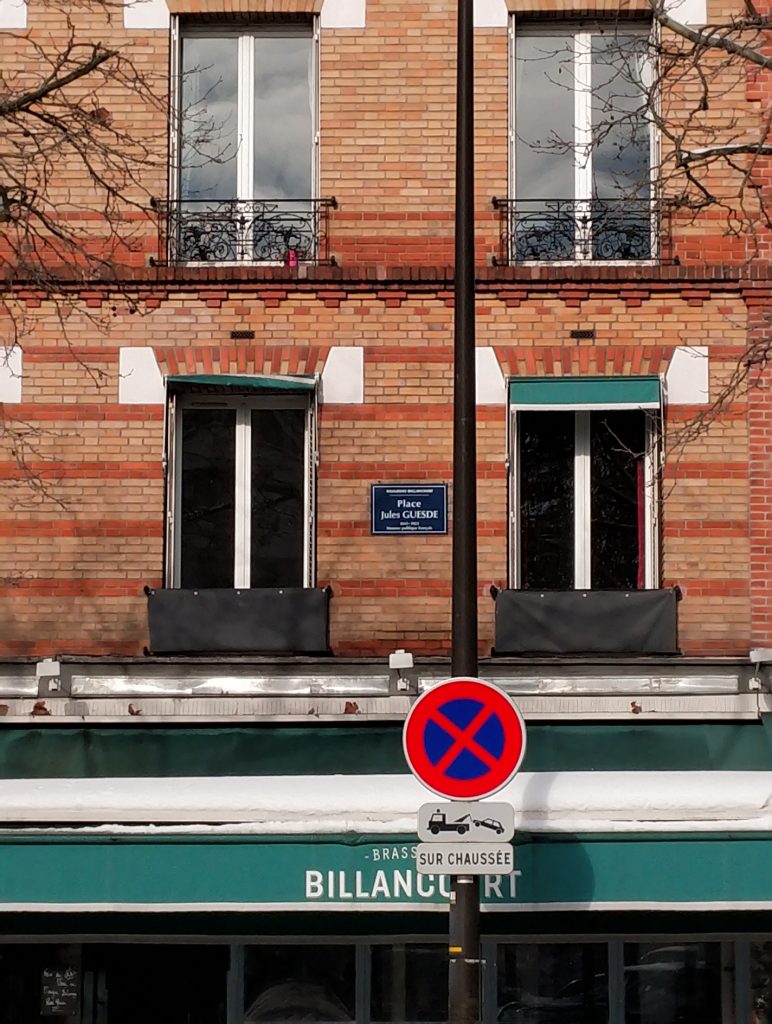
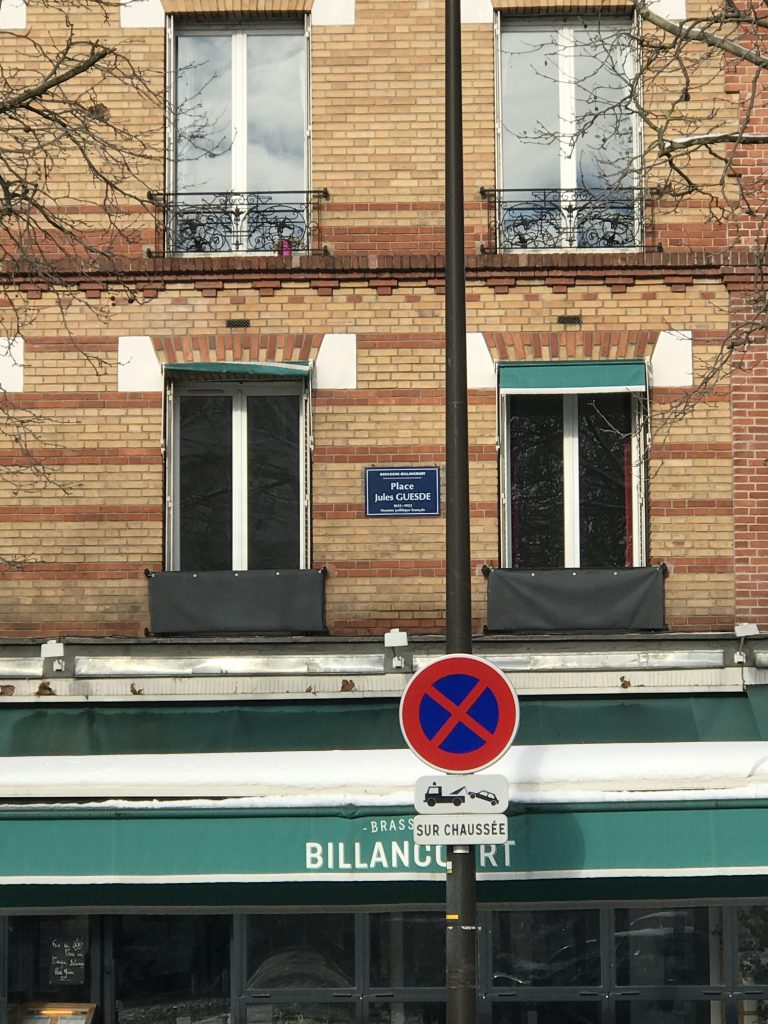
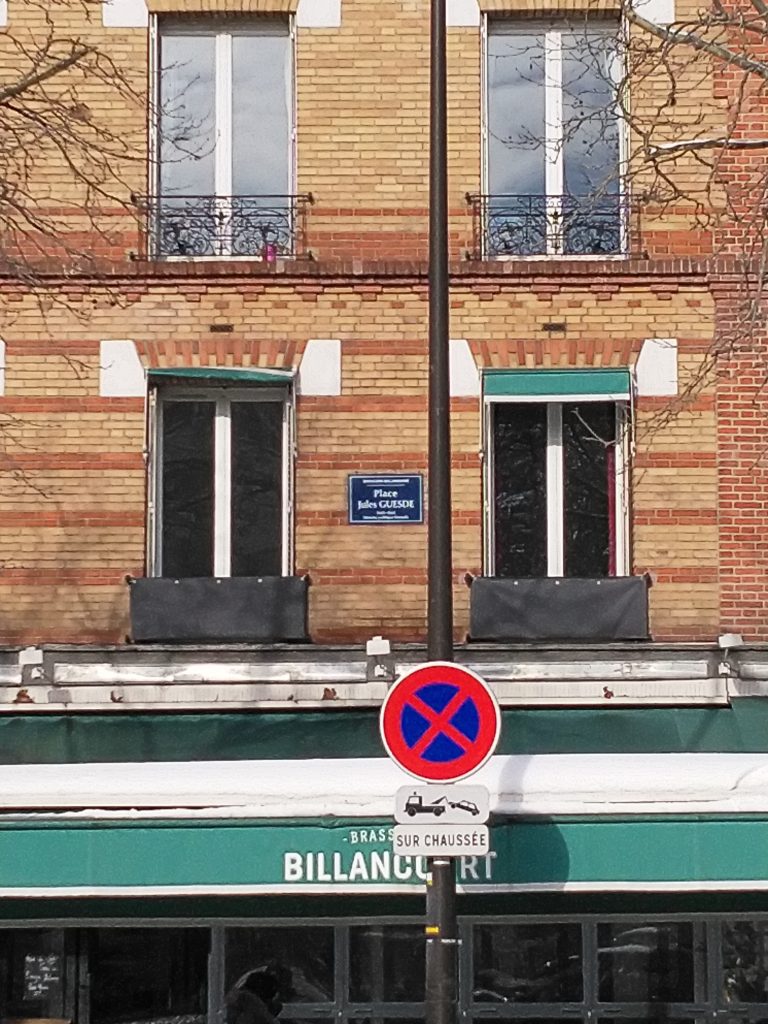
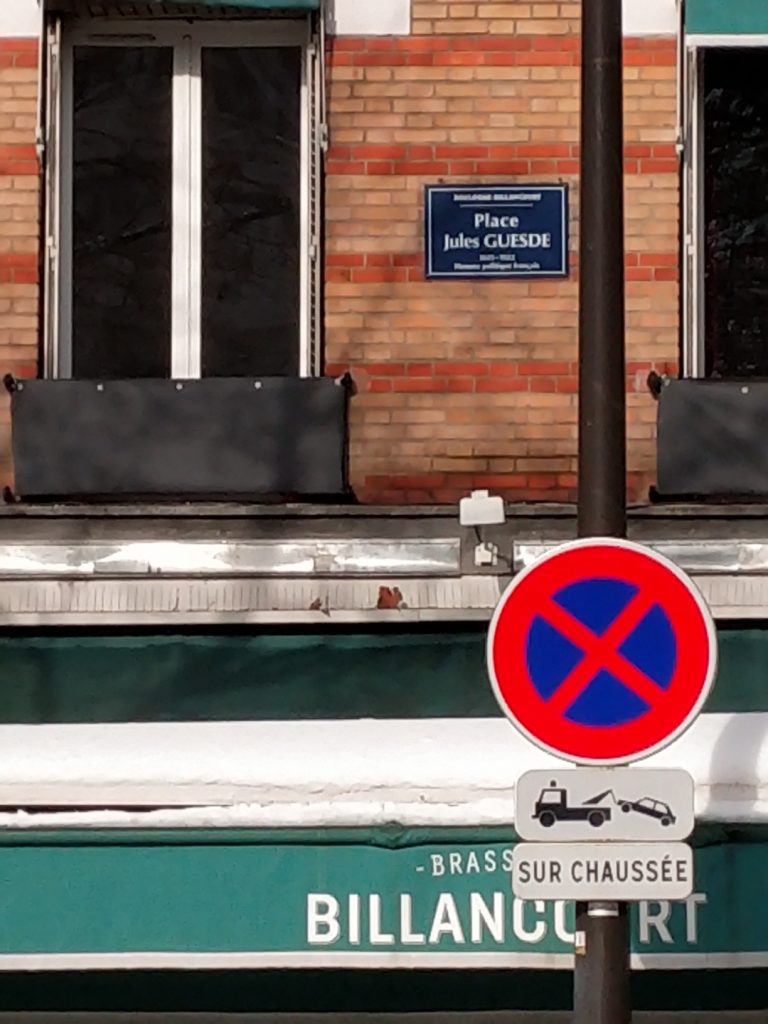
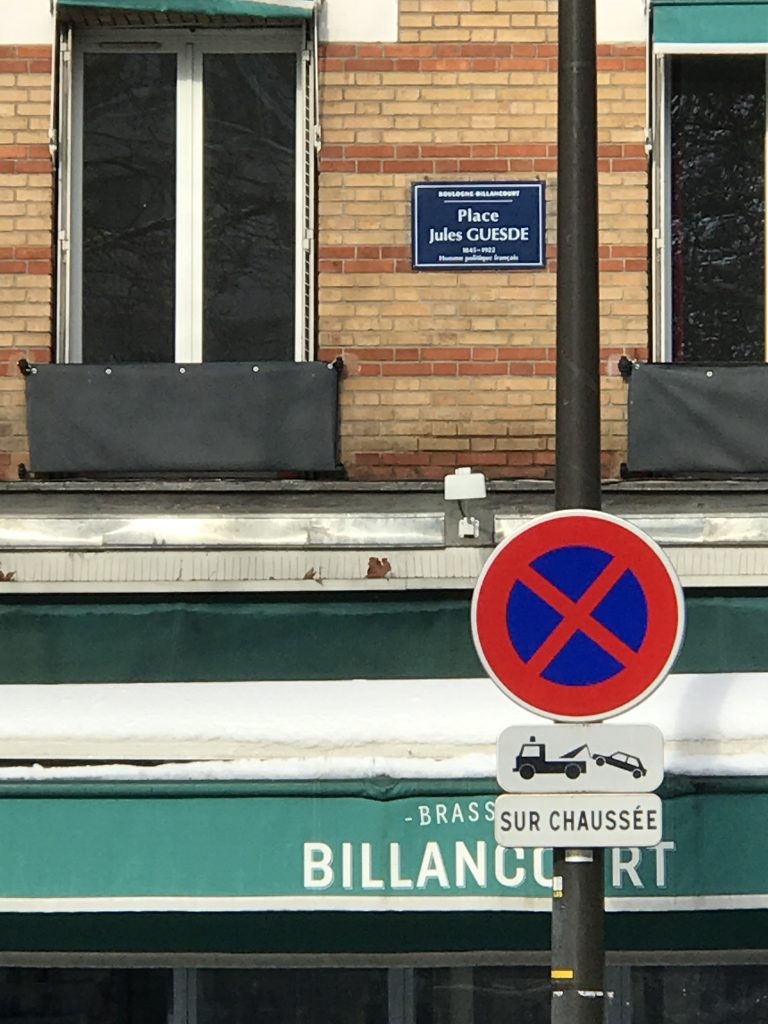
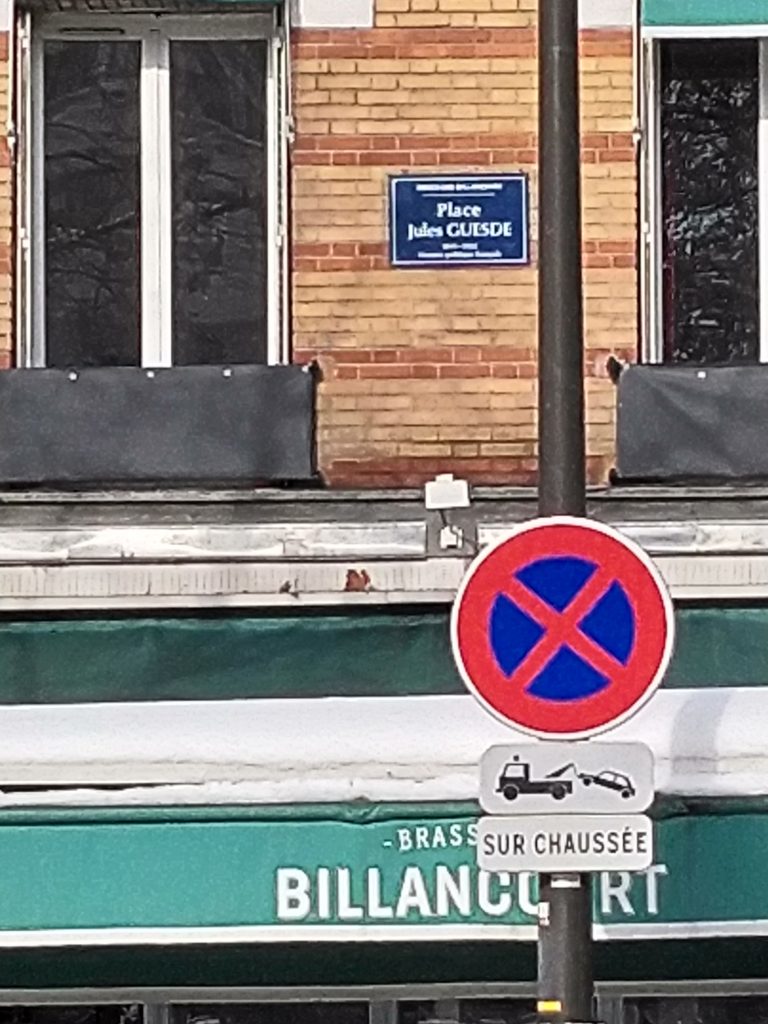





DXOMARK encourages its readers to share comments on the articles. To read or post comments, Disqus cookies are required. Change your Cookies Preferences and read more about our Comment Policy.